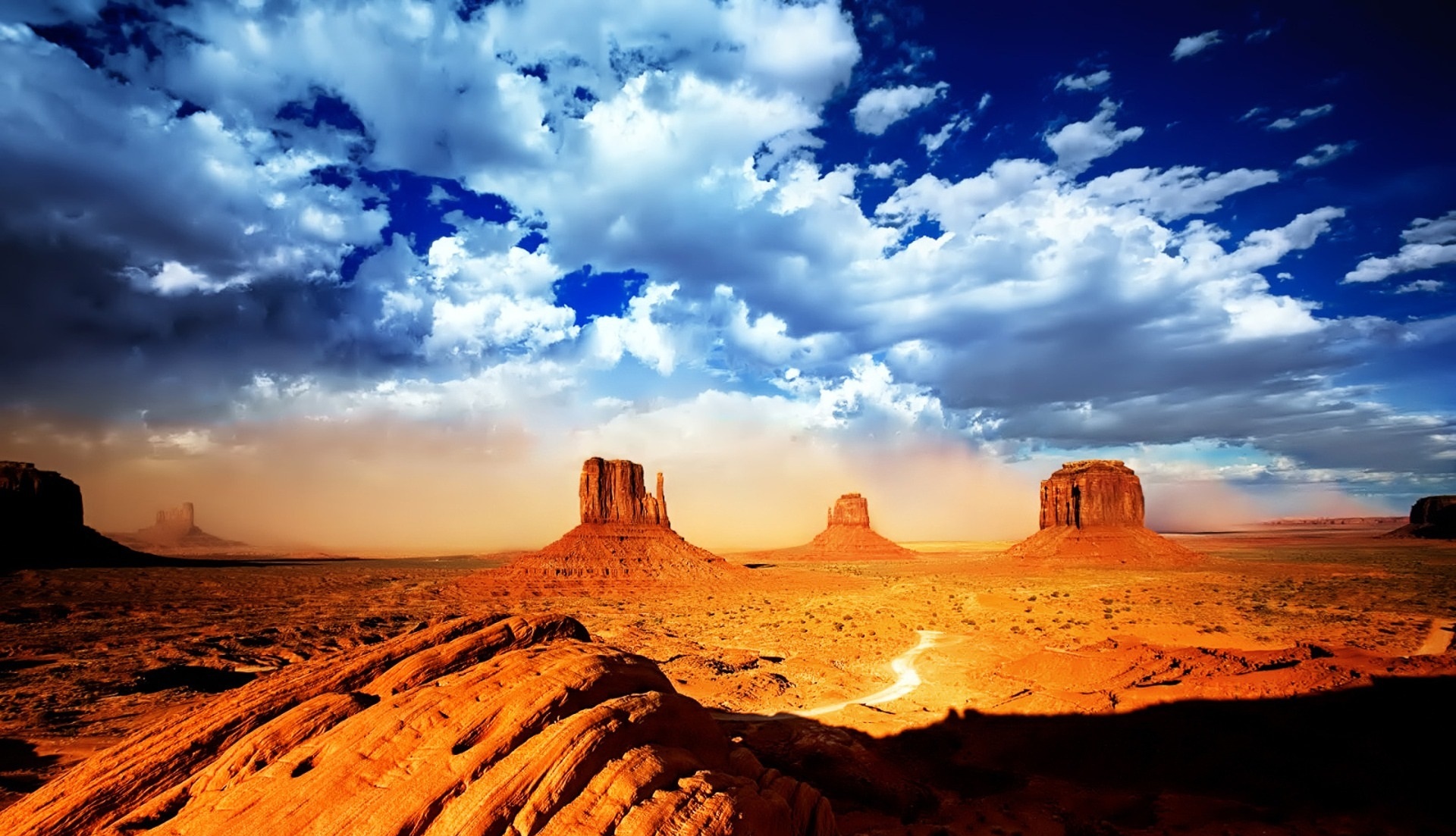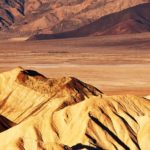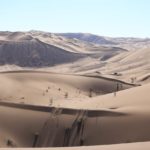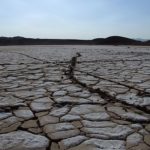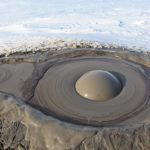The desert landscape can be investigated with the following factors:
A) Vegetation
The desert has limited capacity for growth, stabilization and productivity of vegetation. One of the technical indicators of vegetation in the wilderness is the presence of scarce plants that have a very short life span and are adapted to low rainfall conditions. These plants are equipped with state-of-the-art equipment for adaptation to nature, including seven seeds stored in seven sheaths with very strong cellulose texture as seeds ready for the seven-year crop, which if the drought causes the plant to fail. In the second year, the second pod is rotted again and ready for emergence. Another state of the nature of the plants is the thinning of the stems and the foliage of the leaves, which in this way the large apertures are transformed into tiny microscopic holes at the end of the thorn and play a valuable role in protecting the plant’s moisture. Is responsible.
B) Solar energy index received
Cloudy weather throughout the year, insufficient moisture, and specific geographic latitude and longitude are among the major factors in obtaining high solar energy in the desert region. Discussion of supplying solar energy to urban and domestic communities in the desert can be one of the easy and cost-effective solutions to this God-given energy, which is also used by universities in desert areas such as Yazd in Iran. Has been investigated.
C) Soil moisture index
Soil yields in arid regions are scarce due to lack of moisture, lack of genetic evolution of soils and discussion of agronomic constraints. In the absence of artificial crop water (wells and aqueducts), lack of sufficient rainfall and lack of moisture in the soil cannot provide the appropriate biomass (stem, leaf and root) that is conducive to economic and even environmental production. slow.
Desertification Solutions
1- Flood and water distribution
Flood spreading and water spreading is a possible, affordable and affordable solution in the mountainous area. These operations include controlling the floods caused by rain during the rainy years, and spreading and enjoying this godly blessing. If a body of agencies and agencies were responsible for evaluating indigenous water technology in the arid regions of Iran, we would have made valuable and valuable achievements.
2. Balance livestock and pastures to protect existing vegetation
Preserving existing plants to protect the soil and water in the desert area will be essential. Reduction of livestock pressure and planning of arena consolidation, outflow of surplus and surplus livestock, as well as improvement of rangelands and development of rangeland water resources is essential.
3. Using the sink storage methods
This includes a set of methods that control water flow, record water, and eventually infiltrate rainwater. The method of planting small watersheds for planting and growing young seedlings is one of the practices applied worldwide.
4- Restoration of dams
Admittedly, in the arid regions of the wet season, Siella B, which has high levels of solute, always flows into the plains, and evapotranspiration in subsequent years, including dry years, has drawn hundreds of tons of solute to the plains. Are exposed to salinity. Salinity is one of the factors limiting vegetation development and increasing green cover which is very important in relation to environmental issues. Saline resuscitation may include:
Removal of water through branches and water infiltration by watershed projects including small dams, water graves and water distribution.

